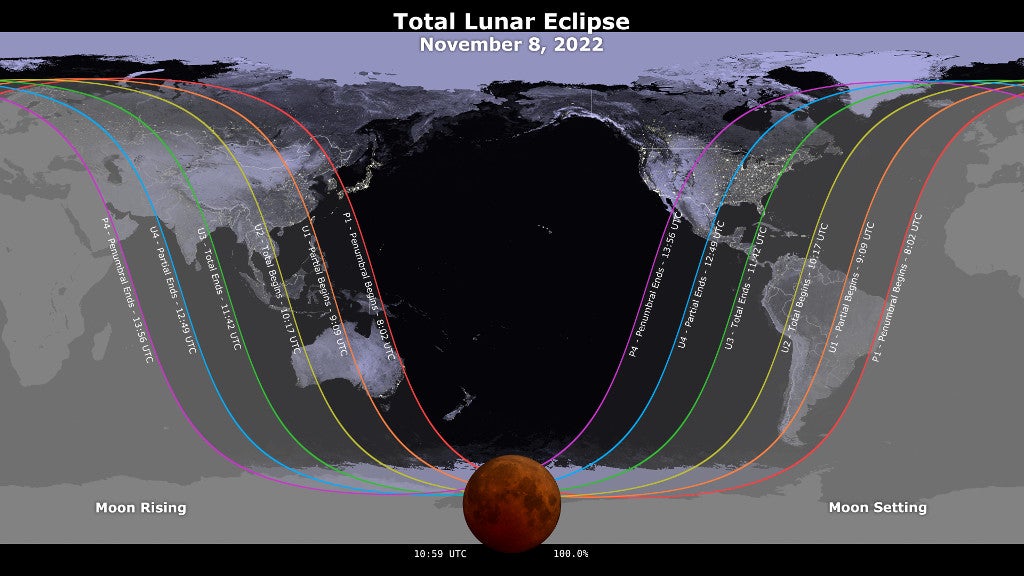Lunar eclipse 2022: What to know about the last chance to catch such an event until 2025
Tuesday’s lunar eclipse will be the last until 2025
Your support helps us to tell the story
From reproductive rights to climate change to Big Tech, The Independent is on the ground when the story is developing. Whether it's investigating the financials of Elon Musk's pro-Trump PAC or producing our latest documentary, 'The A Word', which shines a light on the American women fighting for reproductive rights, we know how important it is to parse out the facts from the messaging.
At such a critical moment in US history, we need reporters on the ground. Your donation allows us to keep sending journalists to speak to both sides of the story.
The Independent is trusted by Americans across the entire political spectrum. And unlike many other quality news outlets, we choose not to lock Americans out of our reporting and analysis with paywalls. We believe quality journalism should be available to everyone, paid for by those who can afford it.
Your support makes all the difference.A total lunar eclipse will turn the Moon red for some observers on Tuesday 8 November, the last chance to catch such an eclipse until 2025.
A lunar eclipse occurs when the Moon passes behind the Earth with respect to the Sun, passing through our planet’s shadow. A lunar eclipse is considered a total eclipse when the Moon passes through the deepest part of Earth’s shadow, the umbra, dimming the Moon’s light and shading it red as the only light reaching the lunar surface is filtered through Earth’s atmosphere.
The 8 November lunar eclipse will appear total for observers in Asia, Australia and New Zealand, North America and parts of South America such as Colombia and Venezuela, according to a Nasa website about the eclipse.
Sky watchers in Hawaii and Alaska will be able to view the entire eclipse, but the Moon will set over Puerto Rico just after the eclipse reaches totality. The UK, Europe, and most of Africa will not see the lunar eclipse at all.
For most viewers in North America, the eclipse will last a bit more than three and a half hours in total, with the first hints of a partial eclipse beginning around 3.02am EST. This is when the Moon will move into the Earth’s outer, and lighter shadow, known as the penumbra, but won’t be really noticeable until about an hour later at 4.09am EST.

“To the naked eye, as the Moon moves into the umbra, it looks like a bite is being taken out of the lunar disk,” according to the Nasa website.
Totality — when the entire Moon is inside Earth’s umbra — will begin around 5.17am EST, and end around 6.42am EST, returning the Moon to a partial eclipse state, looking less red, with a “bite” out of the opposite side from when the partial eclipse began.
The Moon will have set for those in the eastern time zone before the eclipse ends, but for those on the West coast, the partial eclipse will end as the Moon slips back out of the Earth’s shadow around 4.49am PST.
The most recent total lunar eclipse occurred on 15 May, while a partial lunar eclipse, visible to Europe, North Africa, and western Asia, took place on 25 October.
The 8 November eclipse will be the last total lunar eclipse until 14 March, 2025, according to Nasa, although there will be partial lunar eclipses visible in the intervening three years. And although they are different phenomena, resulting from the Moon passing between the Sun and the Earth, two solar eclipses will be visible from North America in 2023 and 2024.



Join our commenting forum
Join thought-provoking conversations, follow other Independent readers and see their replies
Comments